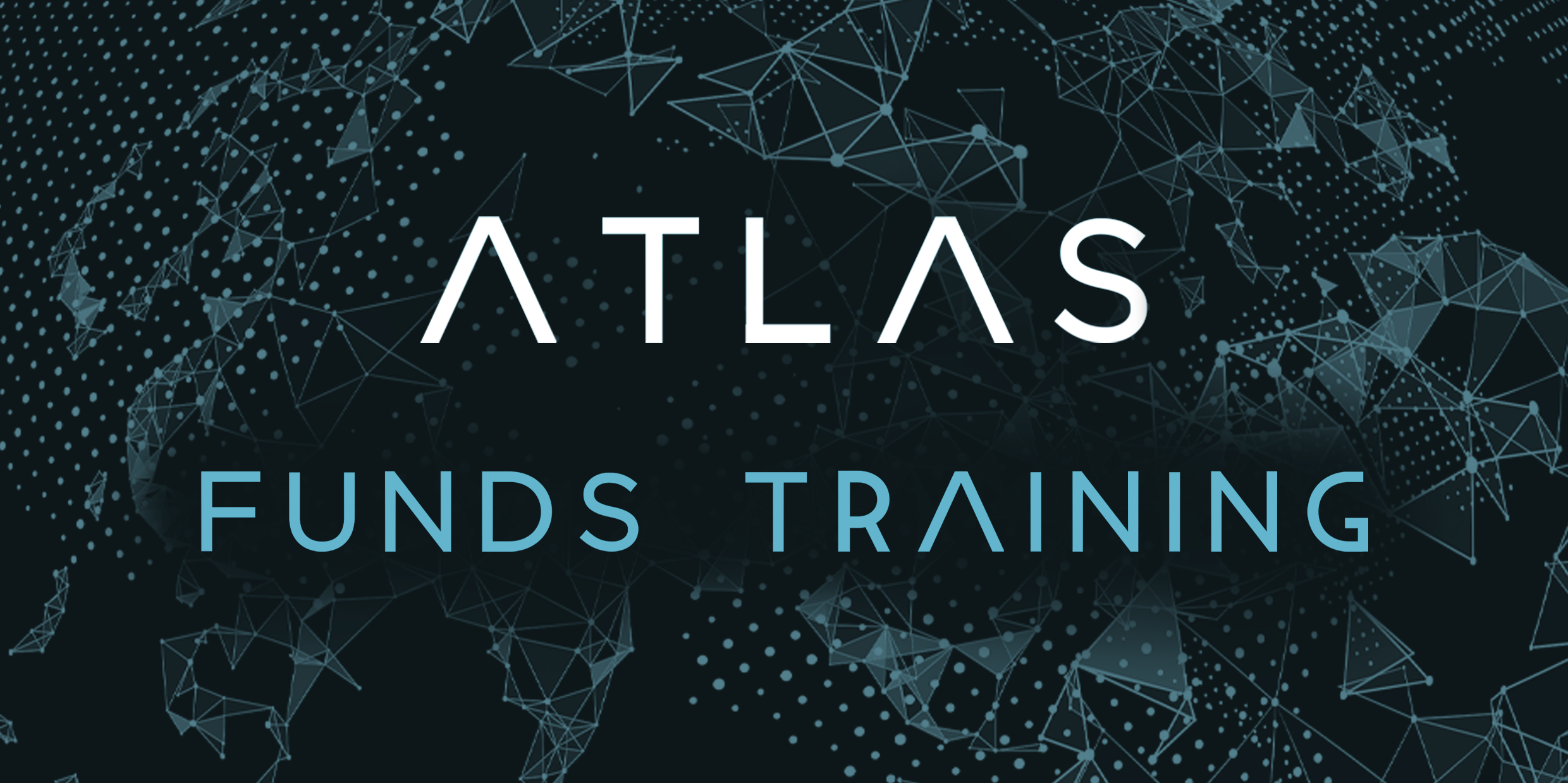The European Securities and Markets Authority (ESMA) has published its final guidance to address leverage risks in the Alternative Investment Fund (AIF) sector.
ESMA’s guidelines set out common criteria in order to promote convergence in the way National Competent Authorities (NCAs):
- assess the extent to which the use of leverage within the AIF sector contributes to the build-up of systemic risk in the financial system; and
- design, calibrate and implement leverage limits.
The guidelines follow the 2 steps-approach introduced by IOSCO and translate this approach into the European framework. Furthermore, the guidelines provide NCAs with a set of indicators to be considered when performing their risk assessment and a set of principles that NCAs should take into account when calibrating and imposing leverage limits.
Guidelines on the assessment of leverage-related systemic risk
When assessing the extent to which the use of leverage contributes to the build-up of systemic risk in the financial system in accordance with Article 25 of the AIFMD (“the risk assessment”), competent authorities should take into account a range of quantitative and qualitative information.
Competent authorities should perform the risk assessment on a quarterly basis.
The risk assessment should follow a two-steps approach:
a) Step 1: Level, source and different usages of leverage
b) Step 2: Leverage-related systemic risk
Under Step 1, competent authorities should identify AIFs that are more likely to pose risks to the financial system. The following AIFs are more likely to pose risks to the financial system:
a) AIFs employing leverage on a substantial basis based on Article 111(1) of AIFMD Level 2 Regulation;
b) AIFs employing leverage not on a substantial basis based on Article 111(1) of AIFMD Level 2 Regulation and whose regulatory assets under management are greater than EUR 500mn at the reporting date; and
c) AIFs employing leverage other than those referred to in points a) and b) whose unusually high use of leverage, as measured through the indicators of Table 1, may pose risks to financial stability.
For the purpose of point c) above, an “unusually high use of leverage” is a use of leverage that differs significantly (e.g. a high percentile in the distribution) from that of other AIFs by comparing the AIF’s leverage value with:
a) the median or average value of leverage of AIFs of the same type (for example: hedge funds, private equity, real estate, fund of funds and other AIFs); and
b) the AIF’s historical median or average leverage value
Under Step 2, competent authorities should evaluate potential leverage-related systemic risks to financial stability of the AIFs identified under Step 1 and include in their assessment at least the following risks:
a) risk of market impact;
b) risk of fire sales;
c) risk of direct spill over to financial institutions; and
d) risk of interruption in direct credit intermediation
Competent authorities should base their risk assessment on AIFMD data received according to the reporting frequency set out in Article 110 of AIFMD Level 2 Regulation. In addition to AIFMD data, competent authorities should use the best available data for some of the indicators in Table 2 of the Final Report, including national supervisory data and/or third-party data when appropriate. To limit the risk of inconsistencies, competent authorities should refer to the (non-exhaustive) list of data sources included in Annex I of the Report.
Competent authorities should communicate the results of their risk assessment to ESMA at least on an annual basis and anytime they identify a risk relevant for financial stability. Competent authorities should inform other EU competent authorities where the operations or arrangements made by the AIFM in other EU jurisdictions may pose risks relevant to financial stability and integrity of the financial system.
Competent authorities should use their risk assessment, in combination with a qualitative assessment where necessary, to select the AIFs for which it is appropriate to set a leverage limit.
Click on the link for further information.




